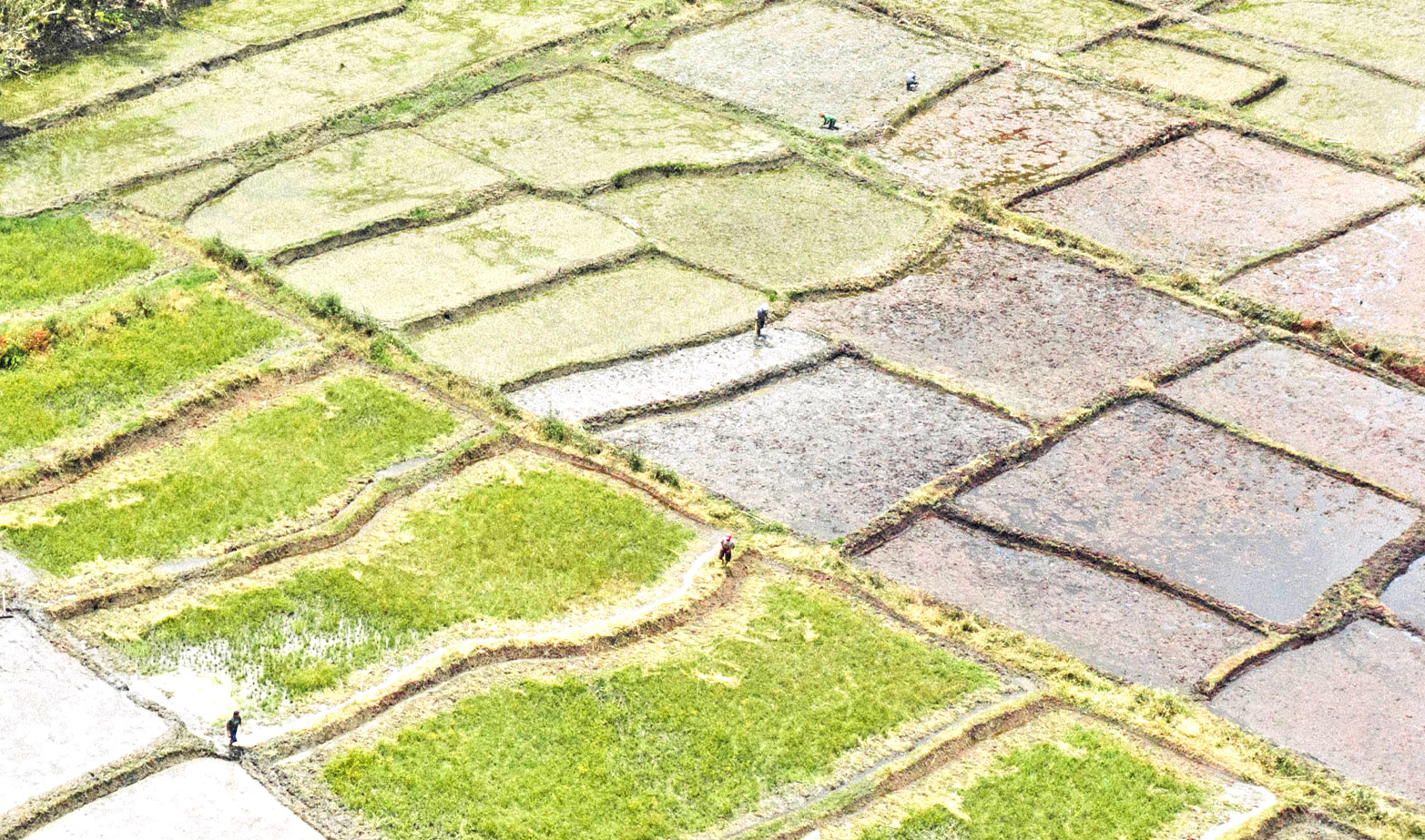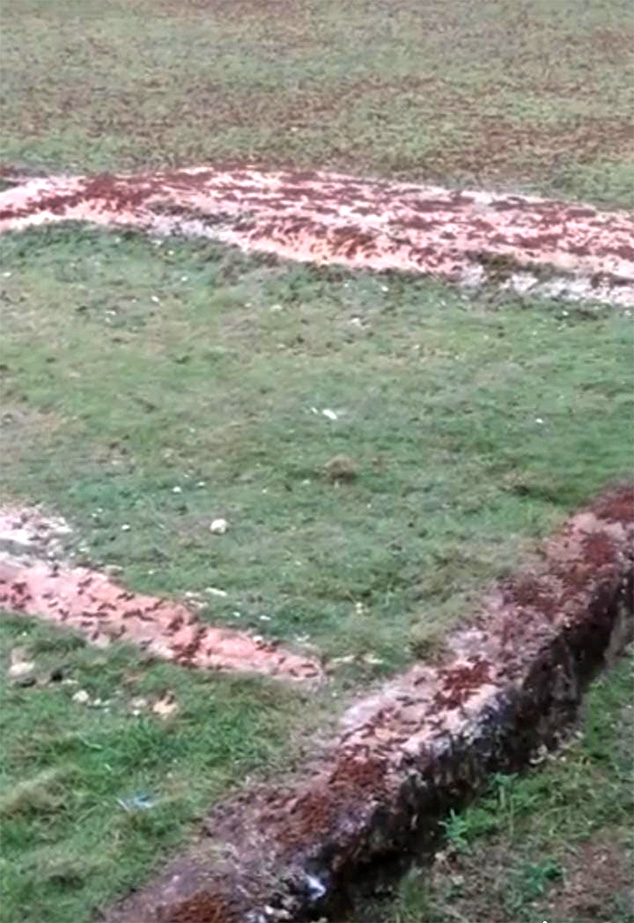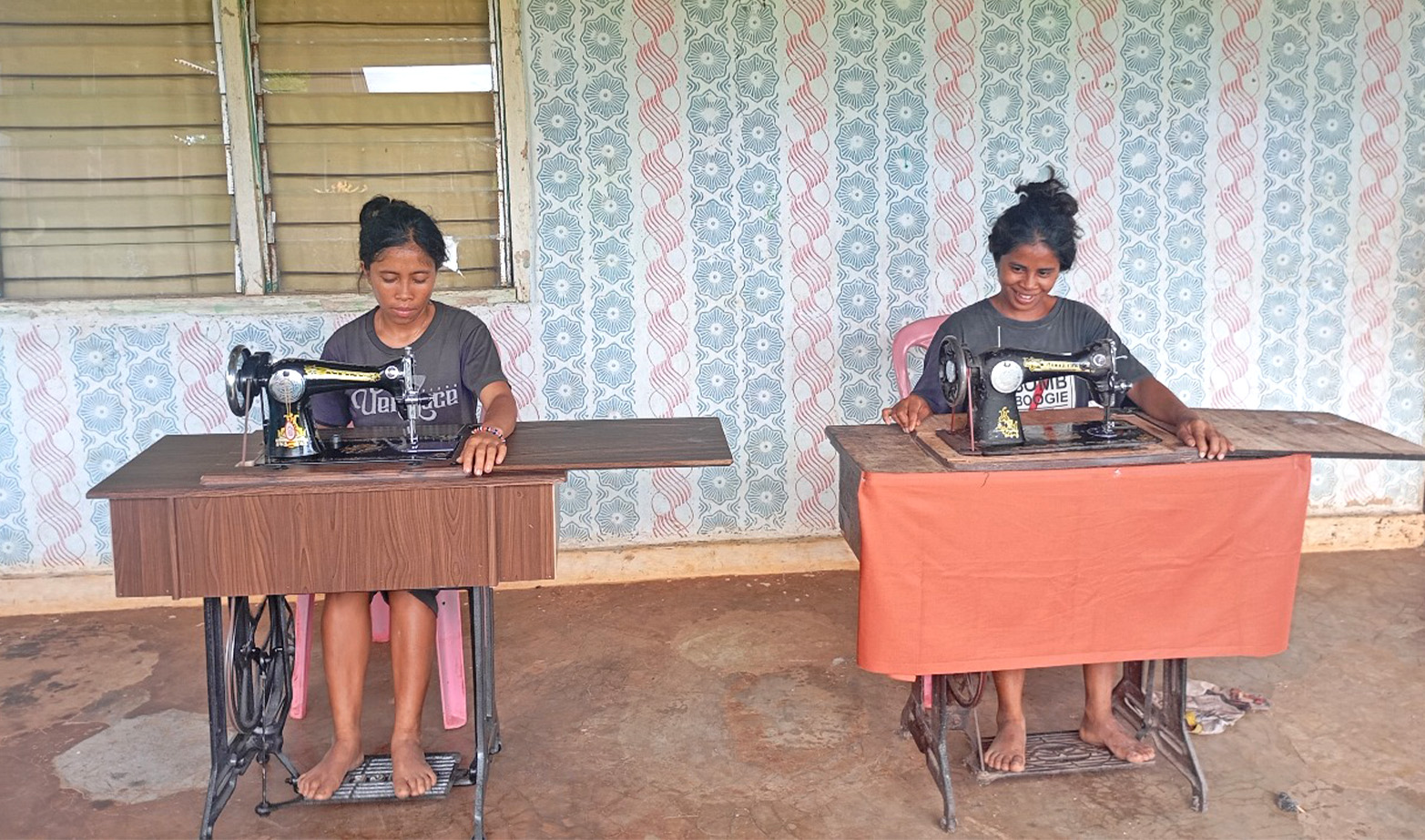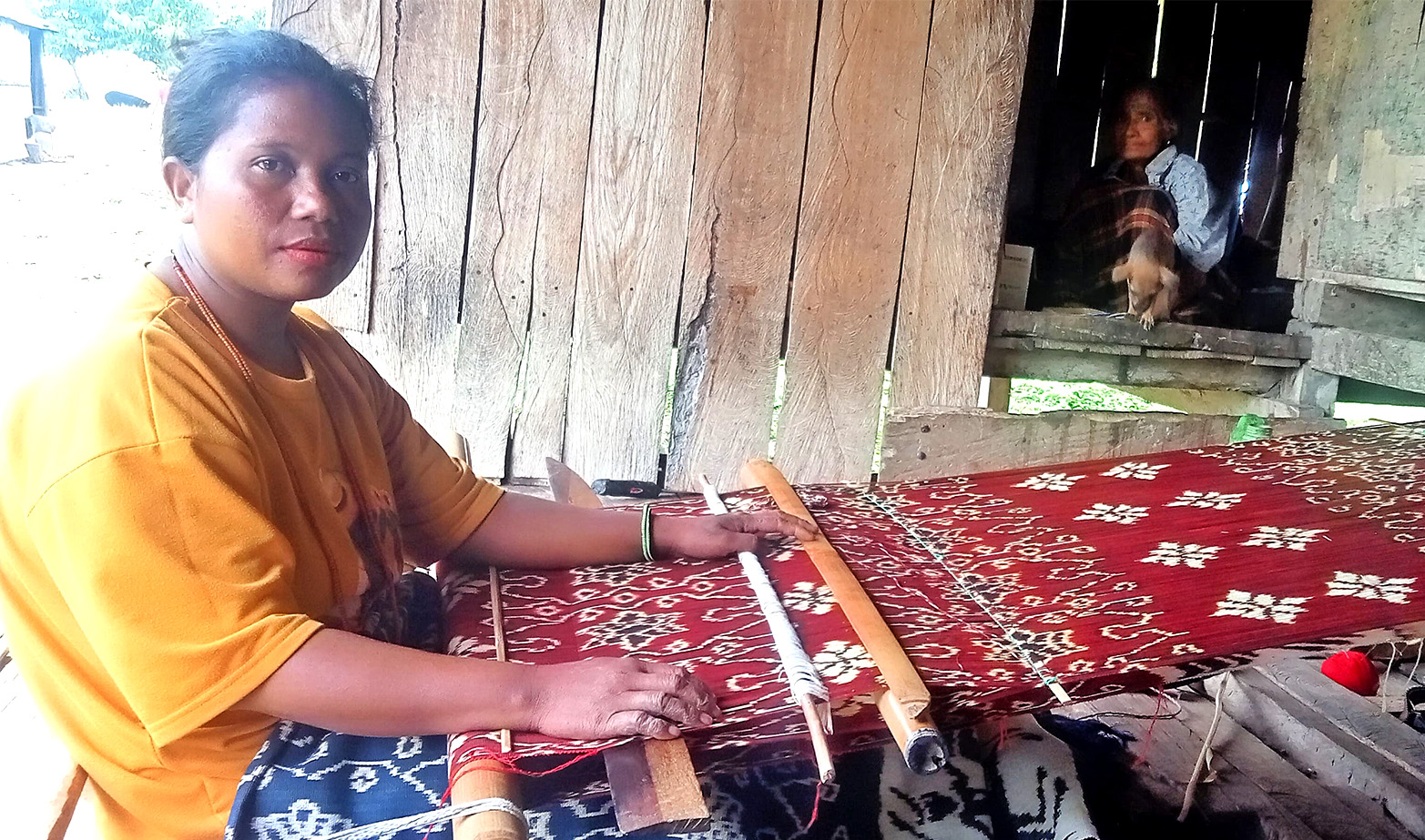
Agricultural sector affected by climate change. (INFIS for SAMDHANA)
- admin
- 09 April 2025
- Feature
Indigenous Peoples Bill Recognize Women's Vital Role in Protecting Nature
Various regions in Indonesia are affected by climate change, resulting to various issues, such as reduced crop yields. Women farmers and those in the rural areas face a double burden as they seek income sources from other sectors to support their families when agricultural harvests fail. Rambu Ana Intan shared this in a discussion entitled "Indigenous Women and the Climate Crisis," organized by the Coalition to Guard the Indigenous Peoples Bill, held on March 8, 2025. This discussion is part of a series of events for the commemoration of International Women's Day.
Rambu, an indigenous woman from East Sumba, NTT, shared how their district is impacted by climate change. Rising temperatures and changing rainfall patterns in East Sumba have accelerated pest life cycles, leading to a rapid increase in locust populations. It is worse since the forests have been damaged, resulting in a decline in the population of natural predators. Consequently, their district has faced locust attacks for three consecutive years.
Rambu emphasized the dire situation: “The impact is that planting is no longer possible, let alone harvesting, making it extremely difficult to obtain food.” Residents in East Sumba rely on farming as their main source of income- growing corn, rice, and peanuts. According to the elders, locusts used to only eat rice and corn, but now they also attack peanuts. As a result, residents of East Sumba are forced to buy food from other provinces at higher prices. They have even taken out loans to afford it.

Additionally, locusts are also affecting livestock. Animals such as cows, horses, and buffalos are becoming infected with diseases carried by the locust pests. Since these animals live outside of their enclosures, they consume the locusts, which makes them sick and can lead to their death.
This condition has also lead to serious health issues. Residents experience shortness of breath and dizziness from the strong smell of dead locusts.
Indigenous Women Stepping Up
Rambu noted that climate issues further increase the burden on women, particularly as the recent locust outbreak has traumatized communities from farming rice and corn.
"They are afraid to farm," Rambu explained.
Women, who are already responsible for managing household duties, are stepping up to provide solutions. Indigenous women are seeking alternative sources of income to ensure their families can afford meals.
Women in her district chose to become weavers to earn an income. They weave cloth at home, and their products were sold to pay off debts.
“The women weave and then sell it to the village-owned enterprise (Badan Usaha Milik Desa or BUMDES), then it is sold to the market and sold at exhibitions,” said Rambu.

In addition, women in her community are seeking food solutions. They address this issue by finding alternative food sources that are not consumed by locust. Upon investigation, it was discovered that locust do not eat cassava, taro, or wild yams, which were commonly cultivated in the past.
“Wild yams contain toxins, but it can be safely consumed if prepared correctly. It is a viable alternative when locusts threaten the community's food supply,” said Rambu. She explained that the wild yam can be harvested during the dry season, as the plant requires ample sunlight to remove toxins during the drying process.
After processing in the dry season, the harvested yam is stored in a barn as a food reserve for the future, particularly for use during the rainy season. People not only consume the wild yam but also process it into crackers for sale.
In addition to managing food availability, women in the district are also caring for family members suffering from respiratory issues due to the locust outbreak. They prepare ginger with honey to treat respiratory illnesses and boost the body's immunity.
Protection for Indigenous Women’s Role

Tracy Pasaribu, a project officer at KEMITRAAN and a representative of the Coalition to Guard the Indigenous Peoples Bill, emphasized that addressing the issues caused by the climate crisis requires active involvement from indigenous peoples.
Indigenous peoples are key to mitigating climate change, as their resource utilization practices are sustainable and equitable. By definition, indigenous peoples have lived in particular areas for generations and possess unique cultural, social, and legal systems, along with a deep connection to their land and environment.
“Indigenous peoples view natural resources not only in economic terms but also as integral to their beliefs, religious practices, culture, and social and political systems,” Tracy explained. She expressed concerns that the lack of governmental recognition could isolate indigenous communities and hinder their access to natural resources.
For this reason, establishing laws that recognize indigenous rights is essential for ensuring their involvement, especially that of indigenous women, in the planning and implementation of climate-related activities that affect their communities. That is why they are closely monitoring the progress of the Indigenous Peoples' Bill. Its ratification will mean there will be a legal framework that guarantees indigenous peoples the right to participate in the planning and execution of policies concerning their lands and resources.